Signed on the base " Félix Charpentier "
Cast by "E. Colin & Cie Paris" (foundry mark)
France
around 1900
height 68 cm
In 1890, Charpentier presented two major works at the Salon of French Artists, including "La Chanson" which won the Salon prize. The plaster purchased by the French State was placed in the vestibule of the Hôtel de Ville in Paris.
In 1899, the bronze reduction was presented in the salons of the Colin company, his editor since 1897.
our web catalog link :
https://galerietourbillon.com/charpentier-felix-la-chanson-2/
Galerie Tourbillon : Free valuation - Buy and Sell at best prices
Biography :
Maurice Félix Charpentier (1858-1924) said Félix Charpentier was a French sculptor. First a student of the School of Fine Arts in Avignon, he was admitted to the workshops of Jules Cavelier and Amédée Doublemard at the School of Fine Arts in Paris in 1877. From 1879, Félix Charpentier presented his works at the Salon of French Artists, where he exhibited each year.
Awarded a silver medal at the Universal Exhibition of 1889, his notoriety continued to grow. Charpentier exhibited that same year at the Salon the plaster of "La Chanson", then received in 1890, the first class medal and the Salon prize for his marble sculpted after this work.
In 1893, Charpentier was awarded the medal of honor for the "Wrestlers" marble, acquired by the French State and adorning the square of the town hall of Bollène, his hometown. From that date, the French State commissioned him for several public monuments, whether for the decoration of the Gare de Lyon in Paris, or the bas-relief "Contemporary Art" for the facade of the Grand Palais in Paris.
Appointed Knight of the Legion of Honor since 1892, following the inauguration of the Centenary Monument of the annexation of Avignon and Comtat Venaissin to France, Charpentier was promoted to Officer of the Legion of Honor in 1901.
In 1899, Austria awarded Félix Charpentier the gold medal at the Vienna International Triennial Exhibition for the "Sleeping Globe". We owe him many statues kept in several national museums, such as "L'Étoile filante" (Nîmes fine arts museum). Charpentier's works also adorn many public gardens. After the First World War, he received numerous orders for war memorials.
































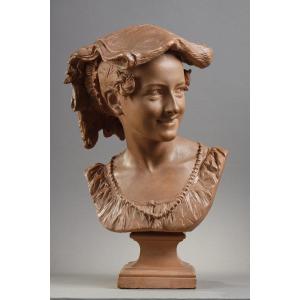


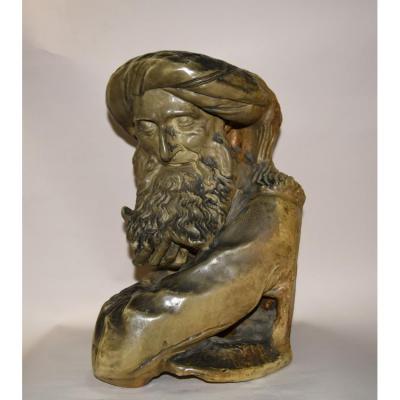

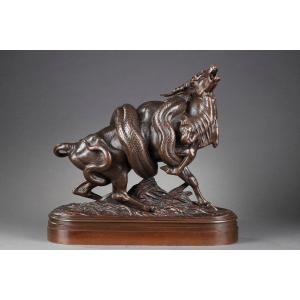

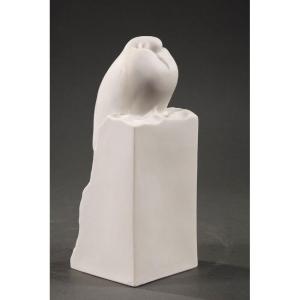

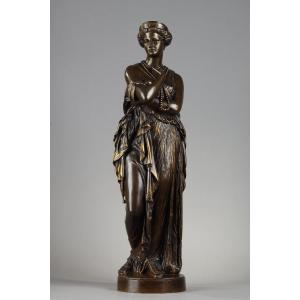








 Le Magazine de PROANTIC
Le Magazine de PROANTIC TRÉSORS Magazine
TRÉSORS Magazine Rivista Artiquariato
Rivista Artiquariato